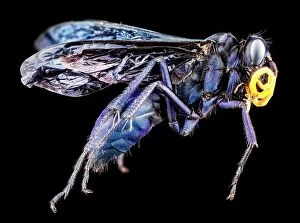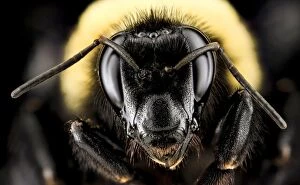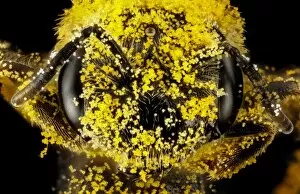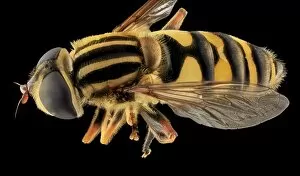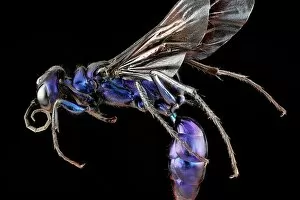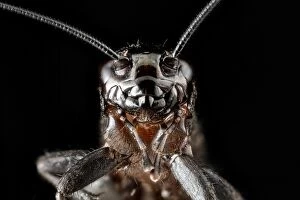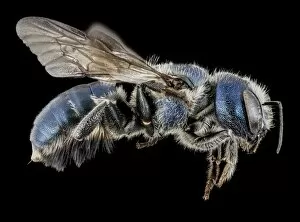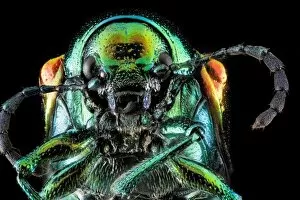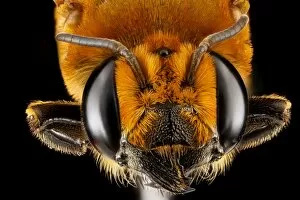Image Stacking Collection
Discover the mesmerizing world of image stacking
All Professionally Made to Order for Quick Shipping
Discover the mesmerizing world of image stacking. 📸✨ Feast your eyes on a stunning compilation of nature's tiny wonders, captured through the technique of image stacking. Each photograph showcases intricate details that would otherwise go unnoticed by the naked eye. First up, we have the Pompilid spider wasp C018 / 4316, with its vibrant colors and delicate wings elegantly frozen in time. Next, zoom in to admire the intricate patterns adorning a male bee head C018 / 3568 – truly a masterpiece of nature's design. Moving along, we encounter a female bumblebee, Bombus auricomas C018 / 3579, gracefully collecting nectar from a flower. Its fuzzy body and pollen-covered legs are beautifully highlighted through this technique. Prepare to be amazed by the Darkling beetle C018 / 3565 as it proudly displays its glossy exoskeleton under careful focus stacking. Meanwhile, observe the captivating beauty of a female blue mud dauber wasp C018 / 4313 as it delicately perches on a leaf. A closer look reveals an agile jumping spider C018 / 4312 showcasing its incredible acrobatic skills while suspended mid-air. Marvel at every detail of its tiny body and multiple eyes. Don't miss out on encountering the striking Black horse fly C018 / 4697 with its iridescent wings shimmering like precious gemstones. And behold. A female sweat bee head adorned with vibrant pollen (C018/3573) – an exquisite example of symbiotic relationships between insects and flowers. Venturing further into this stacked universe brings us face-to-face with an enchanting planthopper (C018/4803), camouflaged amidst lush green foliage. Witness how each segment is meticulously preserved for our admiration. Hoverflies (C018/4696) take center stage next as they hover effortlessly above flowers, their delicate wings and striped bodies creating a mesmerizing spectacle.

